Disclosure: This page may contain affiliate links, meaning we receive a commission if you decide to make a purchase through our links, but this is at no additional cost to you. Please read our disclosure and privacy statement for more info.
Are you struggling to lose weight around your varying night shift schedule? Are you sick and tired of extreme exercise, counting calories and limiting portion sizes overnight? The ‘Keto diet,’ could be the exact answer you’re looking for.
How do you stick to the Keto diet while working night shift?
When working nights, eat the main meal before you leave home. Bring high-fat snacks to work, over those with too much protein. Consider fasting overnight to enter ketosis quicker and remember to stay hydrated. Where possible, avoid being at work for the first 1 – 2 days to escape the ‘keto flu’ while on shift.
Throughout this post, we will explore what the keto diet is and how exactly it may help night shift workers to lose weight. Stick around until the end because we have some epic tips specifically for night shift workers you won’t want to miss.
What Is the Keto Diet?
The Keto, low carb diet, low carb high fat (LCHF) or ‘Ketogenic’ diet is similar to the gluten-free Paleo and Atkins diets.
The difference here, however, is two main things:
- The Keto diet requires significantly reduced protein intake compared to these other diets.
- Your body uses a totally different fuel (but more on that in a minute).
To truly appreciate the weight loss benefits on this diet, it does take an understanding of the science behind it to know why it does and doesn’t work.
This topic is constantly growing and evolving so I’ll explain the basic structure of the diet in simple terms as it stands right now.
How the Keto Diet Works
Your body and brain need fuel to survive and the common fuel used is glucose (sugar), which is obtained from carbohydrates likes bread and sugars. These are then stored as glycogen.
In the Keto diet, you deprive (as in… don’t eat) your body of these carbohydrates and glycogen. So, your body needs to find another fuel source to burn and the answer it finds is conveniently…fats.
The body begins transitioning into a metabolic state known as ‘ketosis’, where fat is converted into ketones via the liver, which becomes the bodies’ new superpower.
You can also achieve ketosis through prolonged fasting, though this isn’t sustainable beyond a few days.
Consuming too many carbohydrates or sugars will prevent you from reaching this happy place of ketosis and hence why this diet is so strict.
You can move safely in and out of ketosis but you may often experience flu-like symptoms called the ‘keto flu’ but we will discuss this later.
To put it simply…
The Keto diet now uses fat as it’s primary fuel source instead of glucose or carbs. What does this mean? You become a fat burning machine!

How Do You Know When You’ve Entered (And Remain) in Ketosis?
To reap the full rewards of this diet, testing your ketone level is essential to ensure you remain in ketosis where the real weight loss occurs.
But how do you do it? You measure it!
This may seem odd and even a little extreme for a diet but it’s vital if you’re dedicated to losing weight via this method.
Obtaining blood, urine or breath samples can be easily performed in the office if you have the right tools. Here is how to do it and what you need.
Blood Sample:
By pricking your finger with a similar machine to those used by diabetics at varying intervals throughout the day, you can directly measure your ketone level.
The sweet spot for weight loss is 1.5 to 3.0 mmol/l when measuring your ketones.
Insider Tip..
Using the blood sample technique is the most accurate method of the three, but it is also the most expensive due to the equipment required to undertake each test.
We recommend this blood ketone and glucose testing meter and so do many other health professionals, which is available on Amazon. The reviews are pretty impressive too.
and so do many other health professionals, which is available on Amazon. The reviews are pretty impressive too.
Urine Sample:
Dipping this ketone strip, which is available via Amazon, into your urine works well to show if ketones are present but they won’t show ketosis in a specific number form like the blood sample.
which is available via Amazon, into your urine works well to show if ketones are present but they won’t show ketosis in a specific number form like the blood sample.
This is an effective, cheaper option for those starting out on the Keto diet.
Breath Sample:
You can easily test for acetone on your breath, which is the smallest ketone body found naturally in humans during the ketosis process.
Again, this method is not overly reliable compared to blood testing but can be easily performed throughout your shift.
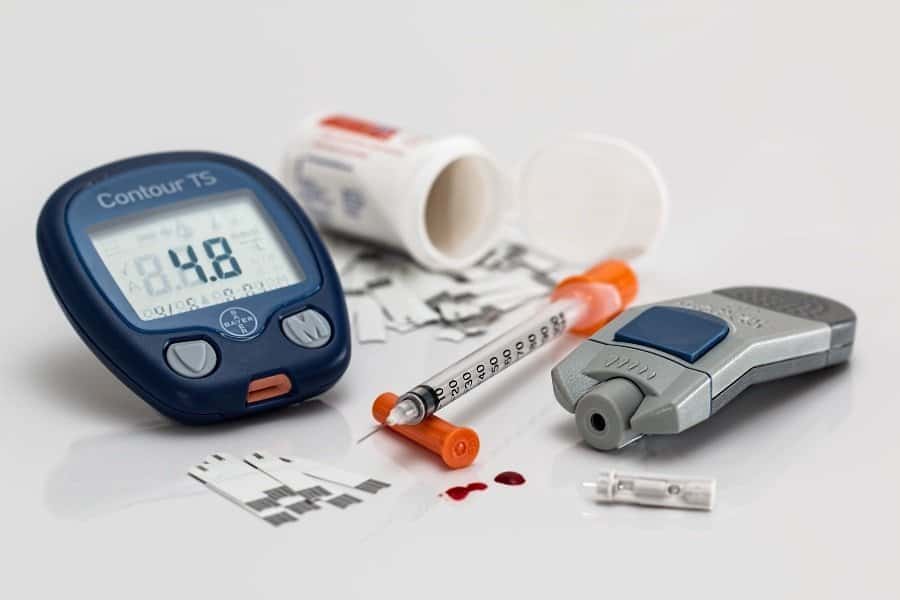
Where Does the Fat Fuel Source Come From When Keto?
Although dietary fat gets a bad name, did you know it’s the bodies second preferred fuel source? (well the ranking is controversial but you get the idea).
This diet all about consuming these high-fat items to reach a state of ketosis.
- Eggs
- Meats
- Fish
- Nuts
- Unsweetened, non-starchy vegetables. Think green – broccoli, leafy greens, asparagus, cucumber, and zucchini.
- Natural fats – (This is a big one because it counts for 65-80% of your daily calories!) Avocados, cheese, olive oil, controversial palm oil and grass-fed butter
Keto-Friendly Foods…
Coconut oil is also a great food or drink to enjoy while on keto. Don’t overdo it though, as some people suffer from uncomfortable stomach aches when they consume too much!
Benefits of the Keto Diet
- Sharper mental alertness, improved memory and tonnes of energy – fats provide a consistent fuel source unlike carbohydrates, which provide you with a wonderful high but do come with almighty lows.
- You become a ‘fat-burning machine’ and experience weight loss without hunger. You can even burn fat when sleeping. What a dream!
- Lowering risk of epilepsy: This was actually where the original idea of the Keto diet came from. Back in 1920, patients who suffered epilepsy were found to experience fewer seizures after enduring a brief period of fasting. As fasting is not obtainable in the long term, a diet that essentially ‘tricks’ the body into thinking it’s fasting was developed and resulted in similar positive outcomes. Hello Keto!
- Reduces total cholesterol in obese patients as seen in this long term study.
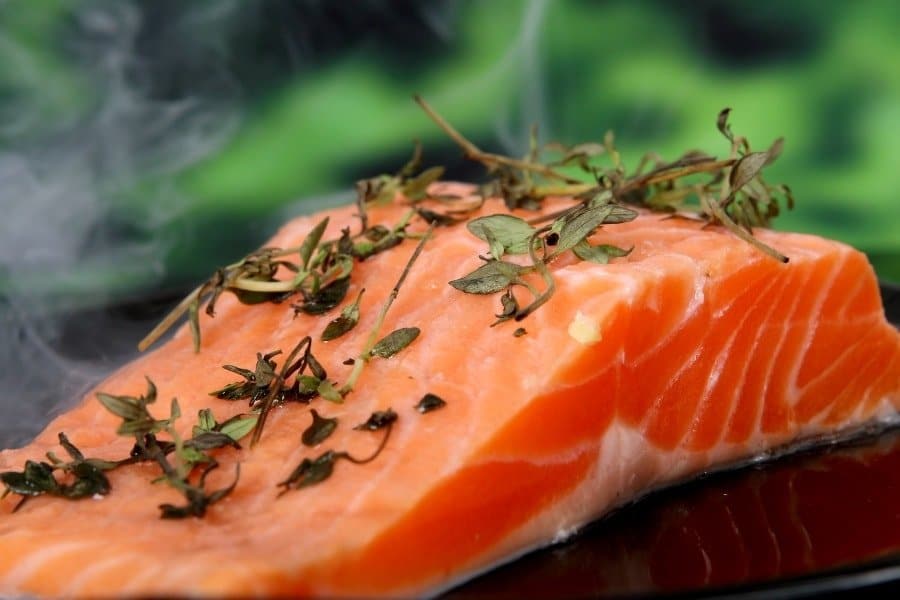
What Are the Side Effects of the Keto Diet?
The Keto diet has been deemed safe but you must be aware of potential side effects, particularly in the initial 1 -2 weeks while your body is adapting.
- ‘Ketoflu’
Is a common term to describe the first week of this diet. It’s not the true flu but produces similar symptoms such as headaches, fatigue, coughing, and nausea and generally passes within 5 days as the body transitions to a different fuel source.
Try Pure Collagen Peptides Powder “Bone Broth” available on Amazon, which is packed with vitamins, minerals and electrolytes to help you overcome these symptoms.
- Less energy for intense workouts and less muscle growth
- Lower tolerance to alcohol
- Constipation and worsening gut health
- Bad breath – don’t forget the mints before your next shift!
- Dehydration and loss of electrolytes if not closely monitored – Using a supplement can help maintain those critical electrolytes of magnesium, sodium and potassium like these keto electrolyte capsules
 from Amazon are hugely popular and worth checking out to boost your keto diet.
from Amazon are hugely popular and worth checking out to boost your keto diet.
What Foods to Avoid or Prohibited on the Keto Diet
- No surprises here, but processed food like pizza, chocolate, soda, ice cream candy, canned soup, soft drink etc. are on the banned list.
- Sugars including natural sugars like honey and maple syrup
- Dairy including, full cream dairy milk and processed cheeses
- Grains including, pasta, rice, oats, quinoa – even wholegrain/whole meal!
- Most fruits including, bananas, pineapples, mangos, grapes and apples
- Some vegetables like – corn, sweet peas, carrots, beetroots, all potato, legumes (lentils, beans and peas)

The Keto Diet and Shift Work
Finally, on to the most important people!
This diet can revolutionize how we approach shift work if we start to think about food as a valuable fuel source rather then just breakfast, lunch and dinner.
The Ketogenic diet provides constant fuel through any shift, yes including nights, without the highs and lows experienced with carbohydrates.
This increases our energy levels and mental alertness during the shift and also when you get home when trying to juggle your relationships, sleep and daily jobs.
Related post: 7 Essential Night Shift Tips: Making The Impossible A Reality
Tips for Managing Night Shift and the Keto Diet
Adaptation or Transition Phase
This can be tricky for night shift workers because your body is already stressed due to working against its biological clock.
There are significant changes already occurring to your cortisol levels, adrenalin and insulin leading to trouble regulating blood glucose. Throw in a keto diet and it’s working even harder!
Therefore, we suggest to start implementing Keto principles on the weekend or during your days off and avoid being at work for the first 1 – 2 days.
The irritability and flu-like symptoms you feel can be managed at home rather than at work. It may be harder to transition but it’s not impossible.
Meal Prep
This is critical.
Prepare to bring two meals to your night shift along with a snack. Remember high fat is key as it’s your new fuel source so don’t be tempted to bring only protein which is commonly seen in beginners.
Also, don’t forget your water bottle!
Related post: 12 Valuable Meal Prep Tips for Busy Shift Workers
Eat Within a Specific Window
Where possible eat at a similar time each night. Some suggest eating before work and after work with two snacks during the shift.
While others graze on high-fat snacks throughout the night but this is not overly popular or practical in some workplaces. The key to remember here is only eat when you’re hungry.
Related: When Should I Eat on Night Shift?
Fasting
This method is all about when you eat rather than what you eat. Benefits to fasting on keto, particularly when on night shift, is reaching ketosis quicker and increased mental clarity.
Fasting is linked with insulin production and teaching our bodies to basically not overeat.
For night shift workers who are passionate about Keto, consider fasting around your shifts such as on Fridays and Mondays if you don’t follow the strict high fat diet on the weekends.
Others suggest fasting during the shift is also beneficial but consider how physically demanding your job is as it may not be appropriate.
If you’re interested in this method of intermittent fasting, we wrote an entire post about it which you can check out here.
Benefits of the Keto Diet and Shift Work
Weight loss:
Due to our irregular schedule, shift workers often struggle finding time to exercise regularly while managing relationships and trying to sleep. Weight loss is very achievable on this diet with very little exercise.
Feeling full for longer:
Do you always get a break? When you do is it always the allotted time? By consuming a diet high in fats you will feel fuller for longer resulting in more energy, focused mental alertness and increased productively.
Simplistic supermarket experience:
You can simply ignore the majority of the aisles at the grocery and only venture down those with high-fat items.
Less temptation to snack:
As the fat is providing your body a consistent fuel source.

Recommended Reading
I’m sure I don’t need to tell you that night shift can put a huge strain on you physically, emotionally and also socially.
As fellow shift workers ourselves, we wanted to share with you other popular posts we published regarding shift work and improving your overall health.
Sleep:
- How Long Should You Sleep Before A Night Shift?
- How To Fall Asleep Quickly Even When You’re Not Tired
Relationships:
- Night Shift Is Killing My Marriage. How to Stop It Happening
- Working 2nd Shift With a Family: How to Remain a Solid Unit
- How to Stop Feeling Lonely When Your Partner Works Nights
Driving home after night shift:
Exercise:
- Sleep or Workout? What Should I Do After Night Shift?
- How to Stay Fit While Working Nights: 12 Sneaky Tips
Must Have Products to Boost Your Keto Experience
After careful research and exploring recommendations from other shift workers, we found our favorite resources to boost your diet experience in reaching your weight loss goals.
All the recommended products below are linked through to Amazon as we trust them to deliver our goods on time and in good condition.
Low carb, keto-specific recipe books
- The Complete Ketogenic Diet for Beginners

- The Keto Diet: The Complete Guide to a High-Fat Diet

- The Keto Crock Pot Cookbook: Quick And Easy Ketogenic Crock Pot Recipes

Supplements:
- Ketocharge Supercharge Ketosis in Your Body to Burn Fat even faster
- Keto Max Diet Pills

Keto Powder:
Summary: Graveyard Weight Loss: Shift Workers Guide to the Keto Diet
The Keto diet is deemed safe and seems to work when you have the discipline and mental toughness to stick to the high fat, low carb routine.
The practicality of this diet is a struggle because you can’t ever ‘let your hair down’ and have a beer or a piece of cake at the birthday party. One slip up and you’ll leave the precious state of ketosis, which puts you right back at the start again. Yes, that ‘keto flu’ returns!
But for those with the discipline, the opportunity to lose those few extra pounds on the Keto diet is undeniable.
We hope this shift workers guide to the Keto diet helped clear up any confusion and pave the way to entering this life-changing diet.
Have you tried the Keto diet before? Any favorite recipes? Please feel free to leave me a comment below the article!
Next up, Night Shift Weight Loss: The Body Clock Paradox. An interesting read for when weight loss has gone a little too far or you’re losing weight and not sure why.
Cheers,

Disclosure: This page may contain affiliate links, meaning we receive a commission if you decide to make a purchase through our links, but this is at no additional cost to you. Please read our disclosure and privacy statement for more info.

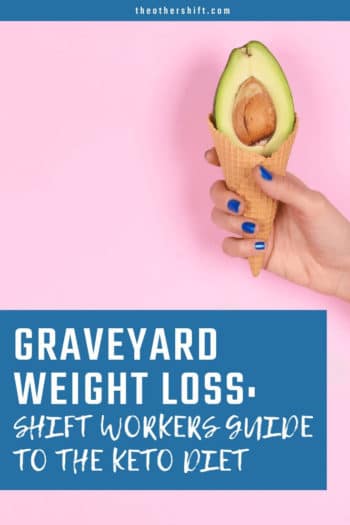

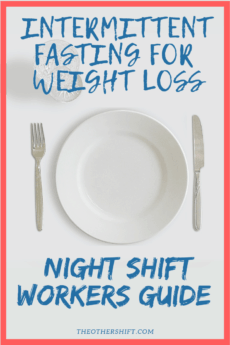
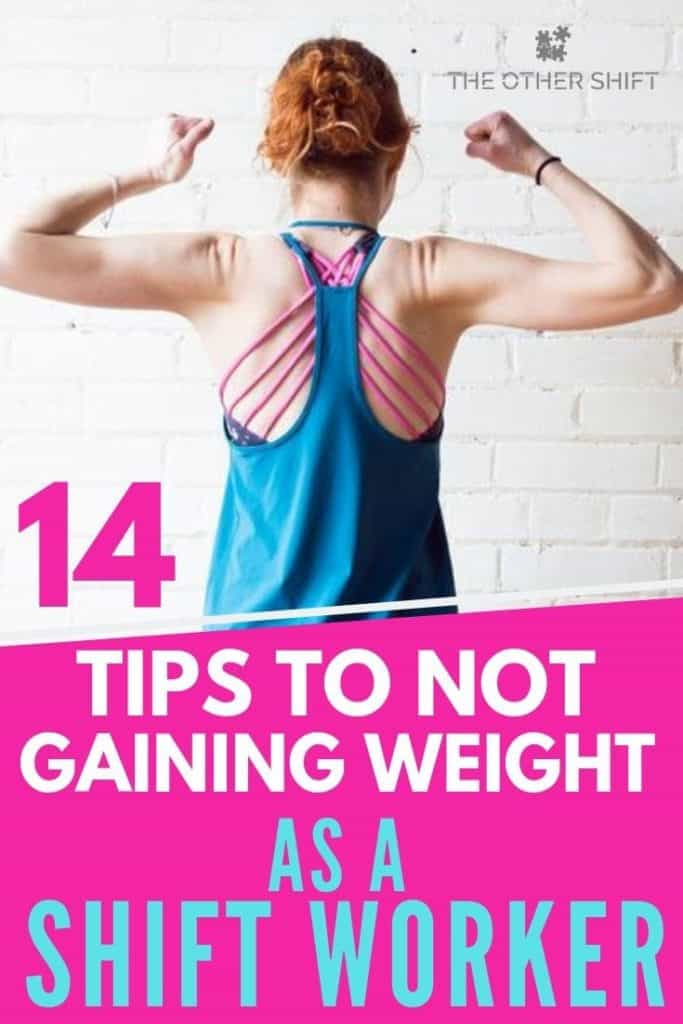
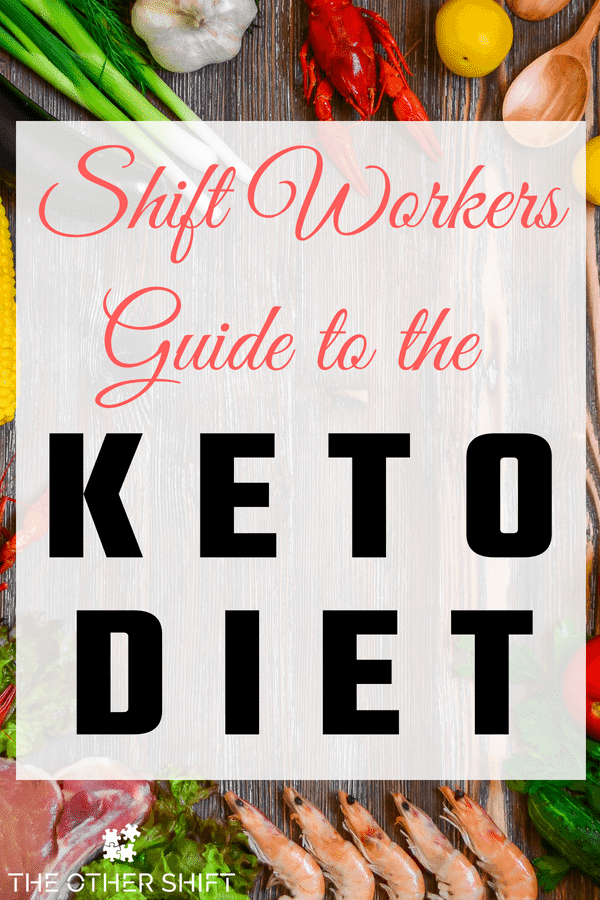
I’m new to keto and working graveyard is making it a little tough for me. I’ve been tracking my macros with an app since starting. Should I be tracking my meals from when I wake up to when I go to bed or for a 24 hour period from 12-12?
Very helpfull information . And not confusing at all. I am working in night shifts do a bit of exercise and looking for a detailed diet chart including snacks and liquid ..
Hi Emma,
Have read you post most helpfull and not confusing at all.i have read many post about keto diet and loosing weight. I am in night shifts and very difficult for me to make a diet chart for my self along with snacks and liquid drinks . I do a little bit of exercise as well. Hoping if you can help in getting a diet chart for keto
Hi Surabhi,
Thanks for your email and feedback. I am happy to help you form a diet chart for keto – please see your emails for more information. Thanks, Emma
Hi Emma!
I’ve been wanting to lose weight and this is my first time trying the Keto diet. Your post is the only one that gives me clarity and I’ve been reading the other articles all day. Hoping you could send me a list of snacks, or food items to intake during this diet or a meal plan as I do my shift from 11pm to 8am. I’m just really at a loss to how I should start.
Hi Geisha,
Thank you for the kind words and we’re glad this has provided you with a Keto start. Feel free to shoot us an email at [email protected] and we’d be happy to share with you meal and snack ideas.
Hi Emma,
Just read the article, it was packed with a lot of info that’s very useful. I’ve been on nights for about a year and as you’ve mentioned physically, mentally and socially this shift stinks! I’m very interested in starting this diet, could you please also email me a list of high fat meats, snacks and a few recipes? Hope to hear from you soon. Thanks
Hi Sobi. I have just sent you an email with some goodies. Enjoy! Emma
My husband works a swing shift of 2 weeks of days and 2 weeks of nights. The transition from sleeping during the day to sleeping at night is hard on him. He has also had back surgery and 2 surgeries on a broken leg. His exercise is limited due to the implant in his back. Do you have any tips for keto and the swing shift or will it pretty much stay the same?
Hi Candi,
Thanks for your message. As a nurse, I can totally sympathize with the transition between days and nights. It’s not easy, especially when he’s doing so not at full health. I have a few tips:
1. It’s not always about what we eat but when. Food timing is huge for night shift workers. This post will hopefully help.
2. Can he exercise in the pool? Low to non weight-bear helps me sleep.
3. Is he drinking enough water especially when in ketosis and avoiding caffeine 5-6 hours before bed?
4. Limit the sugary foods he may be eating overnight, these can impact his sleep.
5. Limit alcohol when transitioning back and forth.
6. Make sure he is putting himself in the best position for sleep. Such as blue light blocking glasses, blackout blinds, eye mask, earplugs, temperature-controlled room, diffuser, sleep teas etc.
I highly recommend the book I list here for your husband. It has changed the way I live my life as a nurse.
Best of luck. Emma
Emma, I’m new to the diet and on night shift. Is there any ways you could send me a list via email of high fat meats and snacks? Please and thanks in advance
Hi Tiffany! Welcome and thanks for your comment. Please check out your emails 🙂